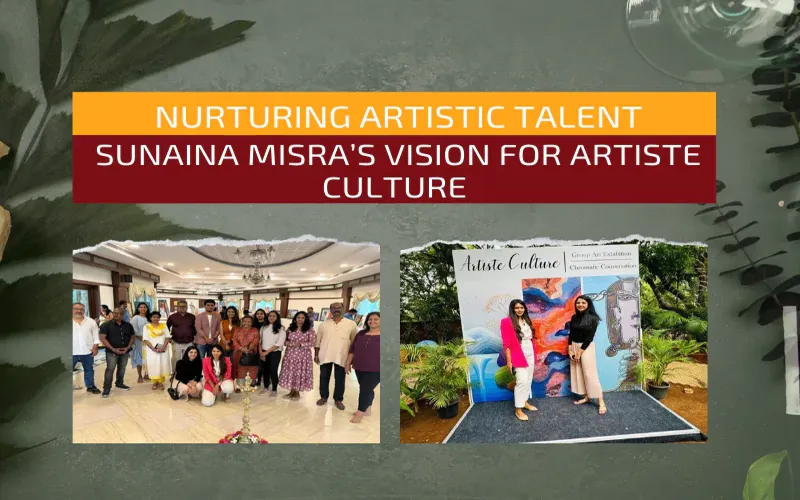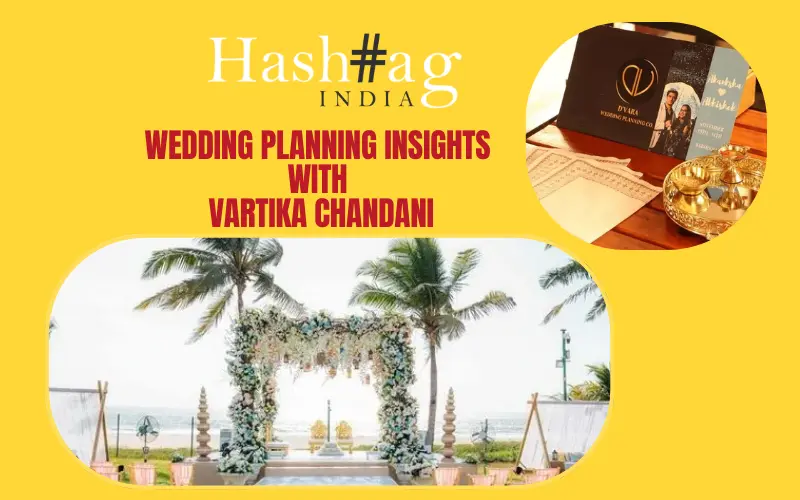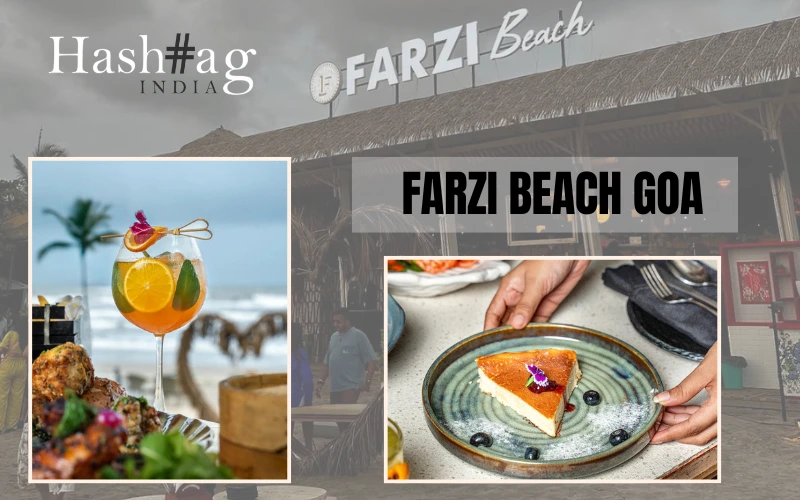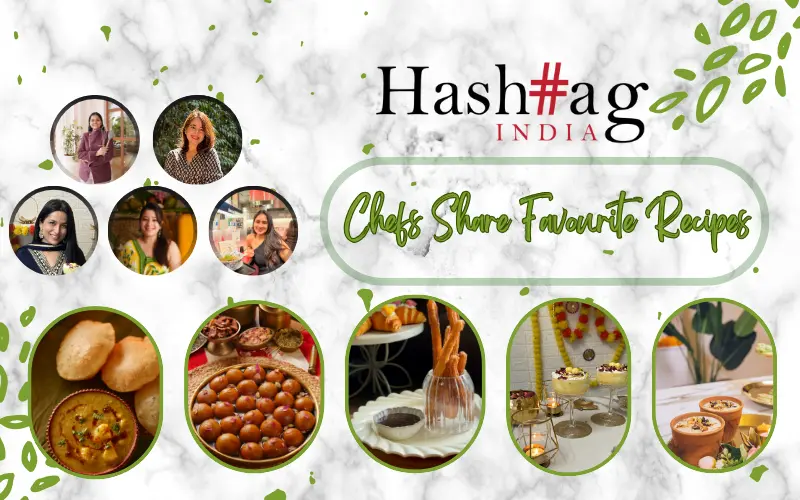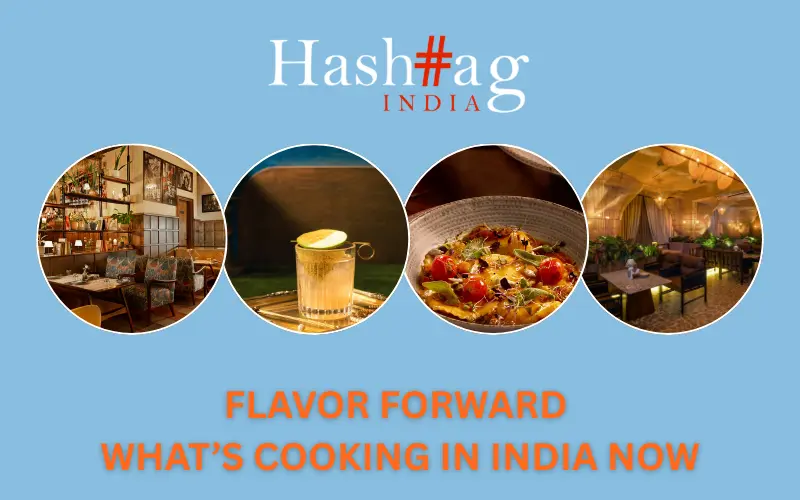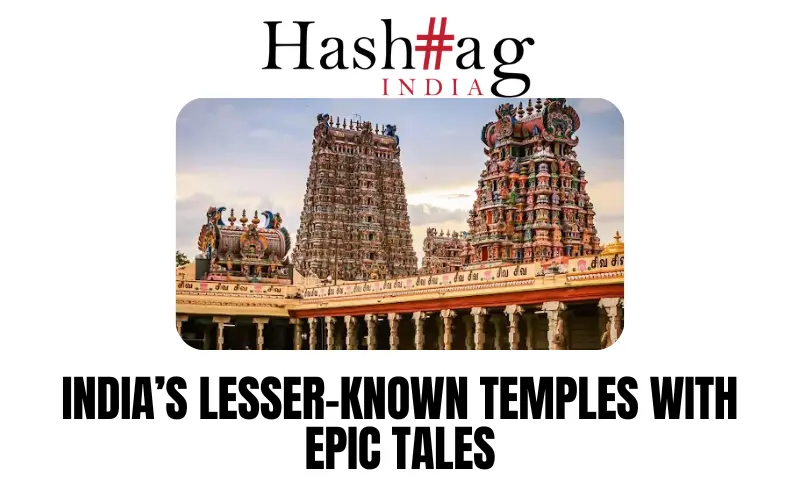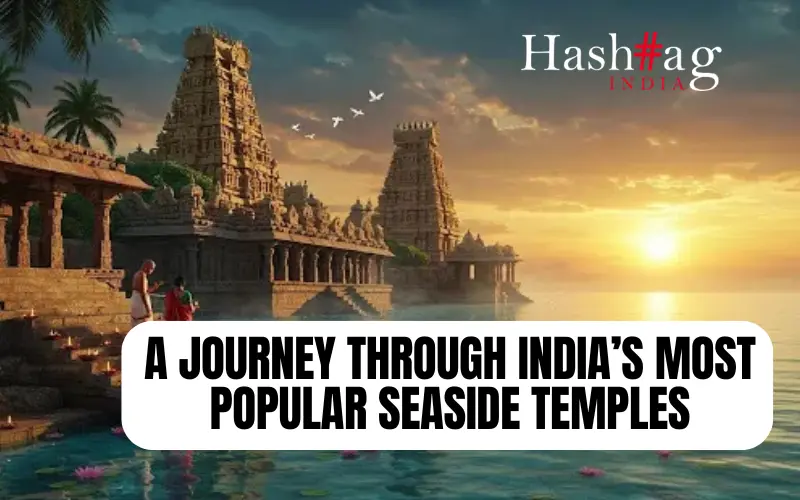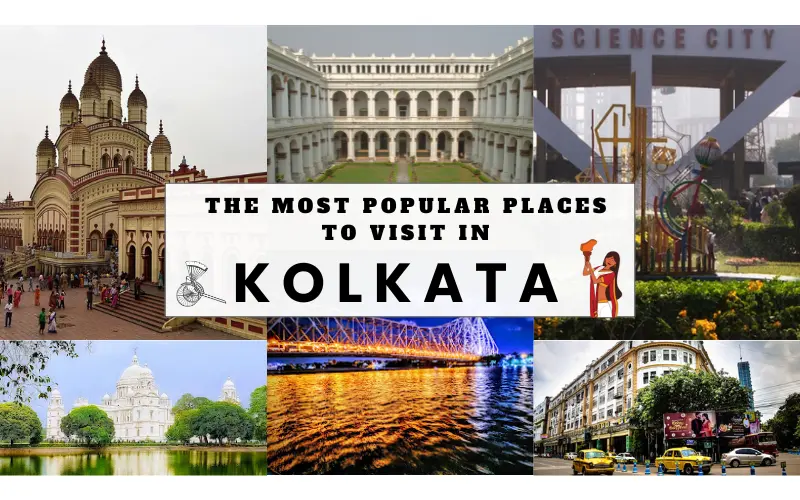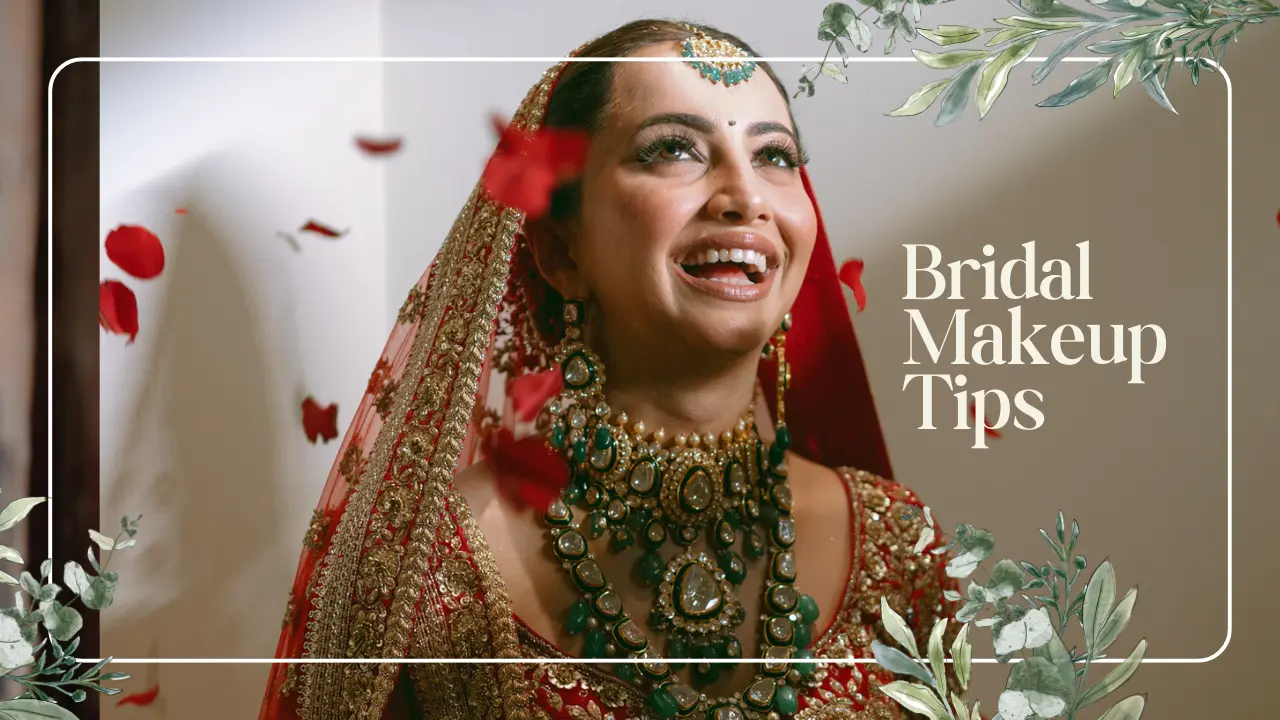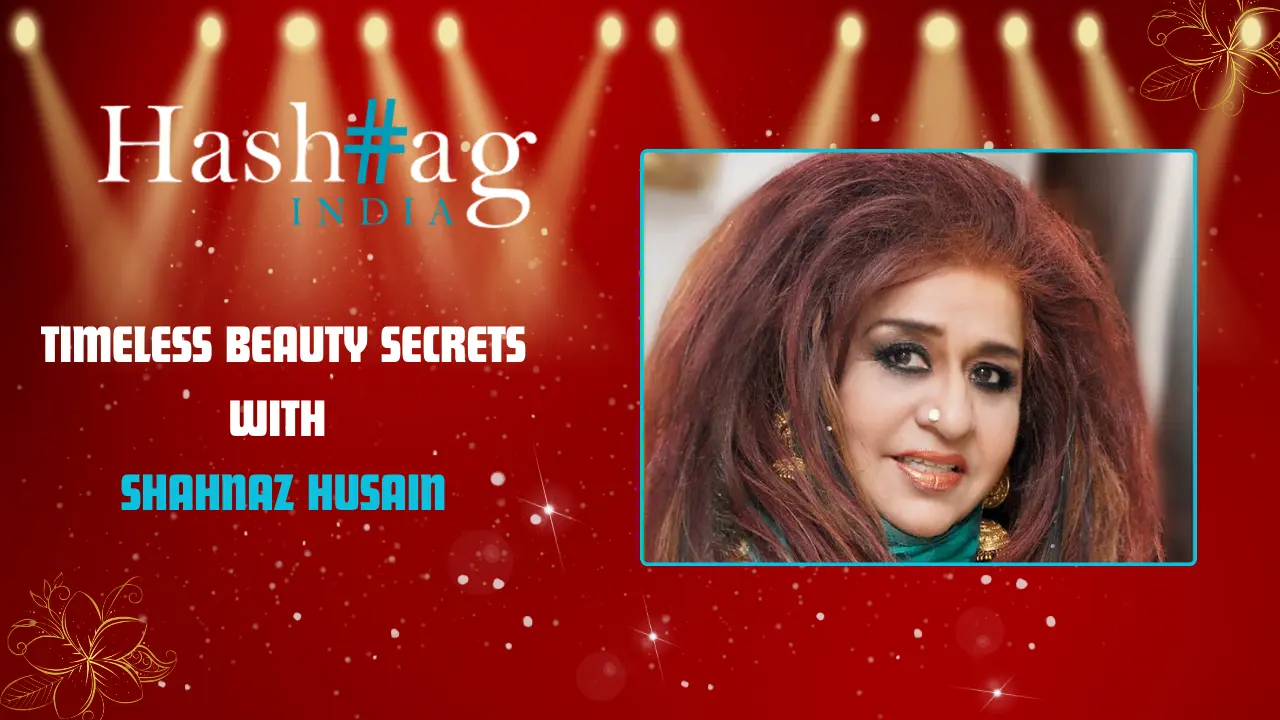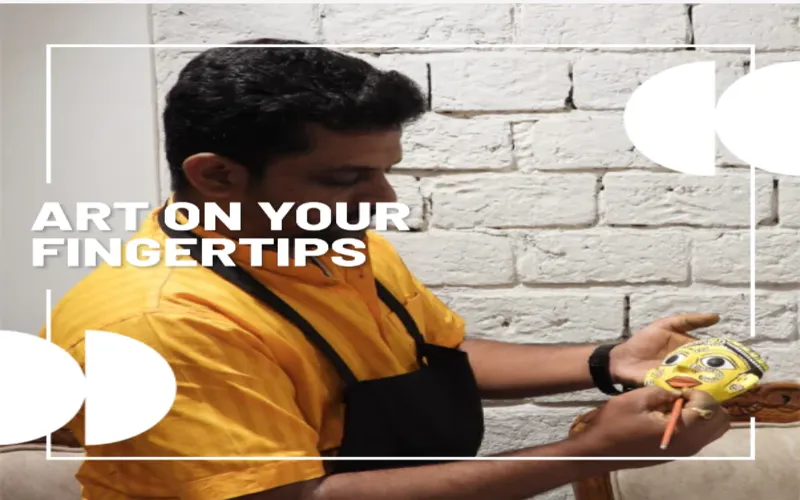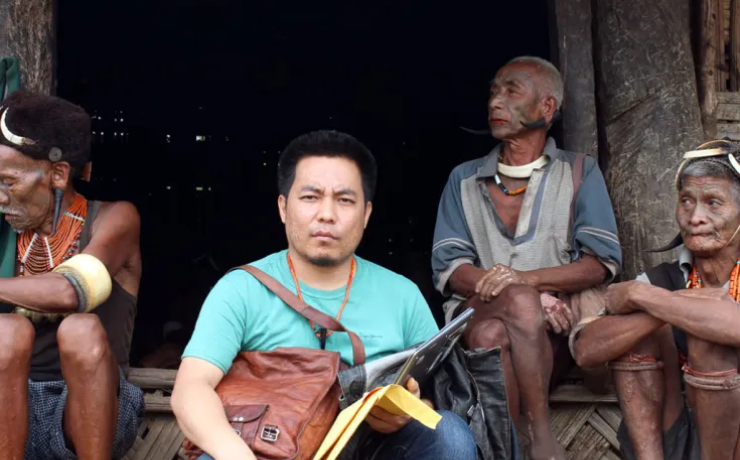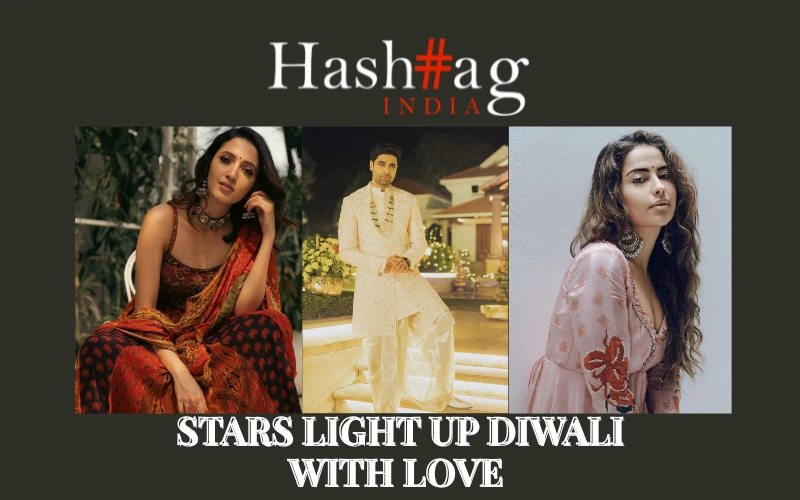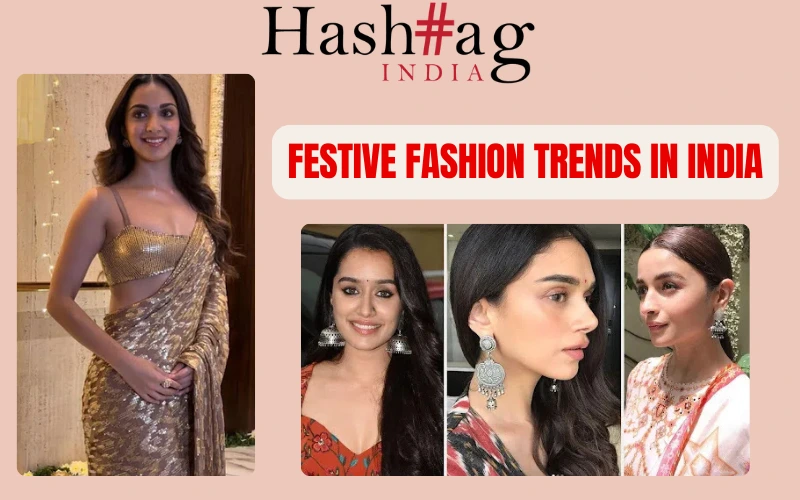In the vibrant world of contemporary art, one name stands out for its unique approach to nurturing and managing artistic talent: Goa-based Sunaina Misra. As the founder of Artiste Culture, Sunaina has revolutionized how artists are managed, helping them navigate the complexities of the art industry. Her agency works directly with artists worldwide, assisting them in making connections and developing the skills needed to elevate their creative careers. Surabhi Goel had the pleasure of sitting down with Sunaina to discuss her background, the origin of Artiste Culture, and her vision for the future.
- Sunaina, could you share your background and education that led to founding Artiste Culture?
I always grew up in an environment where my mother encouraged me to explore art in various forms, painting or visiting galleries. She wanted me to find my passion, so she enrolled me in different classes, from basketball to art. By age 15, I started working with an artist in Lucknow, helping him in his studio. There, I discovered my knack for organizing and managing artistic tasks, such as typing resumes and basic computer tasks. This experience sparked my interest in art management. Later, I pursued my Master’s in Art and Design Management in Newcastle, which solidified my understanding of the field. After various roles, including working for an art start-up and a museum, COVID-19 hit, leading me to start Artiste Culture. A blend of necessity and passion drove me to create a platform to support artists during uncertain times.

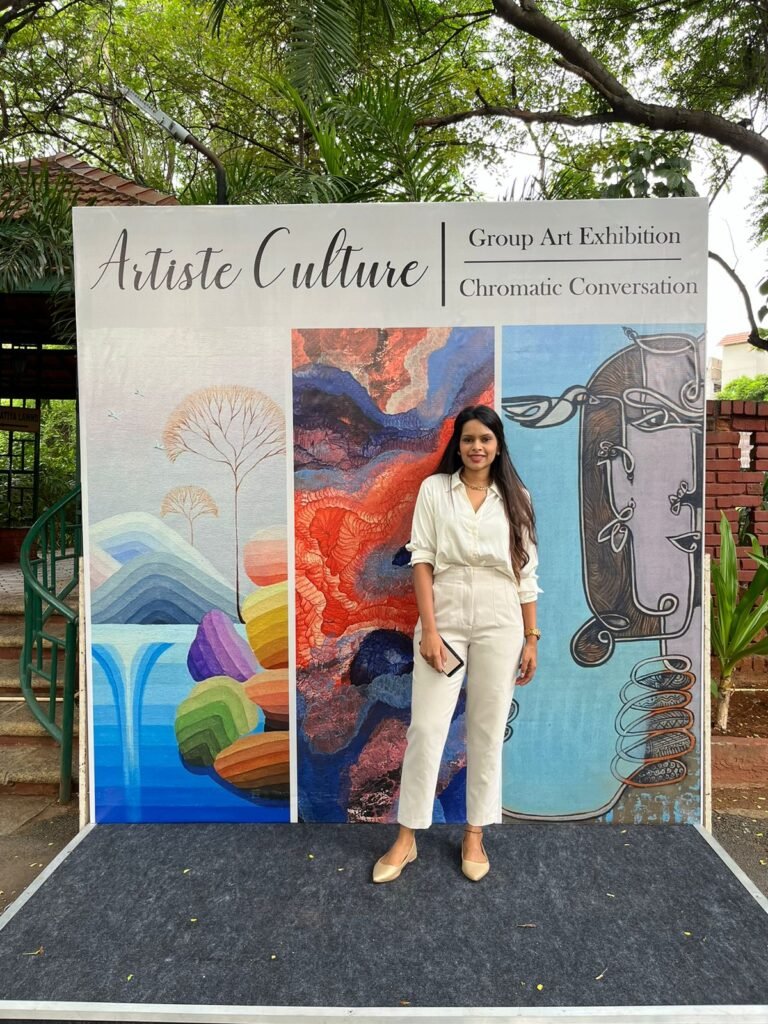
- What inspired you to start Artiste Culture, and what was your vision for it?
The inspiration came from identifying gaps within the industry. Artists often struggled with managing their careers while focusing on their art. I wanted to create a space where artists could focus on creating while we took care of everything else—finding exhibitions, writing citations, and managing logistics. My vision was to build a multicultural and diverse environment that supports artists from all over the world. Over time, Artiste Culture has grown into a team that helps artists navigate their careers, offering a comprehensive management service that allows them to thrive.
- What significant challenges do artists face today, and how does Artiste Culture help them overcome these?
One of the most prominent challenges artists face is financial stability. Even established artists can feel stagnated and seek new opportunities to scale up. Another challenge is navigating the complexities of exhibitions and programs. Many artists prefer to focus on their craft rather than the administrative side of their careers. At Artiste Culture, we provide a one-stop solution for these needs. We manage everything from writing proposals and documents to networking with galleries and collectors. This allows artists to concentrate on creating their work while we handle the logistics and management, similar to how celebrities have managers.

- Can you describe the critical programs and services Artiste Culture offers to help artists achieve their goals?
Our services are divided into several verticals:
- Artist Management: This is the core of our program. We represent artists, helping them overcome challenges and achieve their aspirations by managing their careers comprehensively.
- Gallery Collaborations: We work with galleries to showcase artists’ works, bringing artists to new audiences and spaces.
- Architect and Interior Designer Collaborations: We assist architects and interior designers by sourcing artworks that fit their projects and managing all logistics, from finding artists to coordinating installations.
- Private Collectors: We help collectors curate diverse and culturally rich collections, adding unique pieces worldwide.
We aim to create a symbiotic relationship between artists, galleries, architects, and collectors, ensuring each sector supports the other.

- Can you share some success stories from Artiste Culture and its impact on the artistic community?
We have had several milestones while we are still in our early years. One significant achievement was scaling up during the pandemic and keeping our artists engaged and supported. In 2024, we expanded our reach by traveling to Dubai and collaborating with galleries and artists there. Another milestone was helping artists participate in exhibitions and selling their works, thus completing the entire circle from creation to sale. Although critical of our progress, these small milestones are significant steps toward our long-term goals.
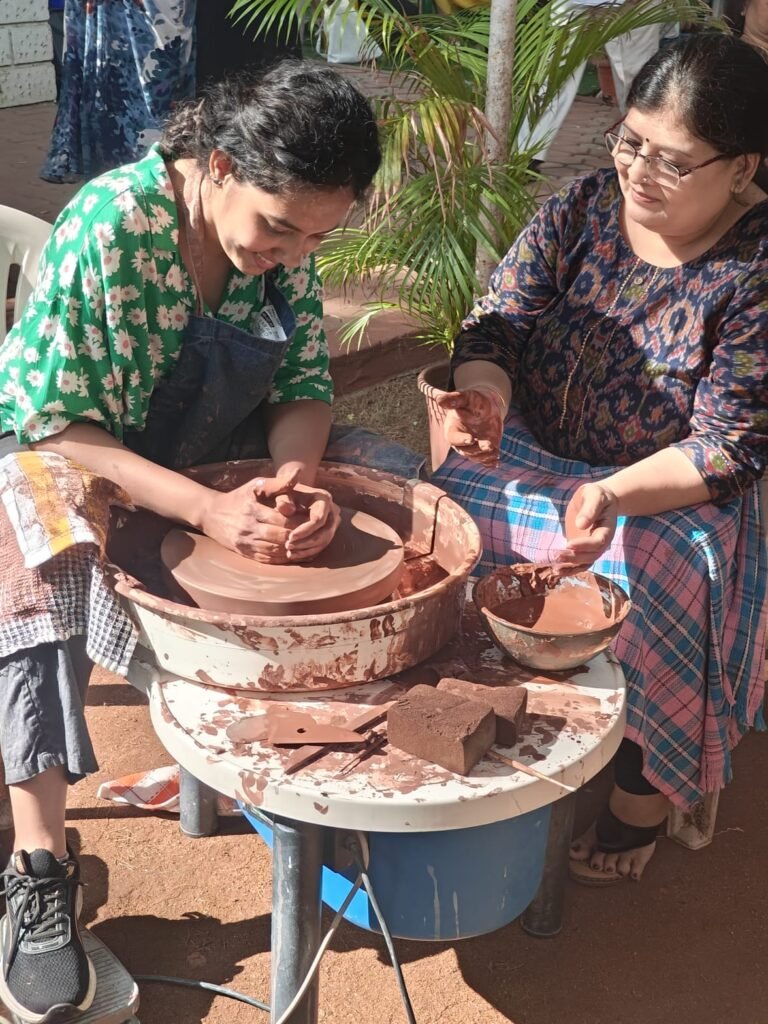
- What are your goals for Artiste Culture, and how do you plan to expand or evolve the organization?
Our focus for 2024 and beyond is on growth and expansion. We aim to establish a more substantial presence in the Middle East and Southeast Asia, collaborating with more galleries, architects, and interior designers in these regions. We are also working towards building a more permanent team structure to develop better programs. Additionally, we plan to move from a virtual presence to more physical exhibitions and interactions. This year, we are hosting an exhibition in Hyderabad, bringing together artists from different cultures within India. We aim to create more opportunities for artists, fostering a diverse and dynamic global art community.
Quick takes-
- What are some of your favourite hobbies outside of work?
Outside of work, one of my favourite hobbies is diving. I’ve been passionate about exploring the underwater world for 13 years now. Living in Goa makes it convenient, and I dive at least once a year. I also enjoy traveling and exploring new places.
- What is your favourite pastime activity to relax and unwind?
My favourite way to relax is with a good book and delicious food. Traveling is another passion; it allows me to explore cultures and connect with people worldwide. Recently, attending an art exhibition in Dubai was both enriching and relaxing, immersing me in new galleries and inspiring conversations.

- Your favourite book or movie that has inspired you
One of my favourite books is “The Rumi Prescription” by Melody Moezzi. It’s a poignant memoir about her Iranian family’s life in the US, where her doctor’s father shared poetic anecdotes like prescriptions during challenging times. I often revisit this book and recommend it to friends.
- Which is your favourite art form?
I struggle to pick a favourite art form because my interests evolve. Currently, I’m drawn to sculptures and mixed media works. I admire how artists experiment with different mediums, whether in painting, digital art, or sculpture, to innovate and bring stories to life through creativity and experimentation.
- You said you like travelling, so which is your favourite destination
One of my favourite destinations is Turkey, particularly smaller cities like Balat. The streets are beautiful and culturally rich, making it a memorable experience. I would go back to Turkey anytime.

